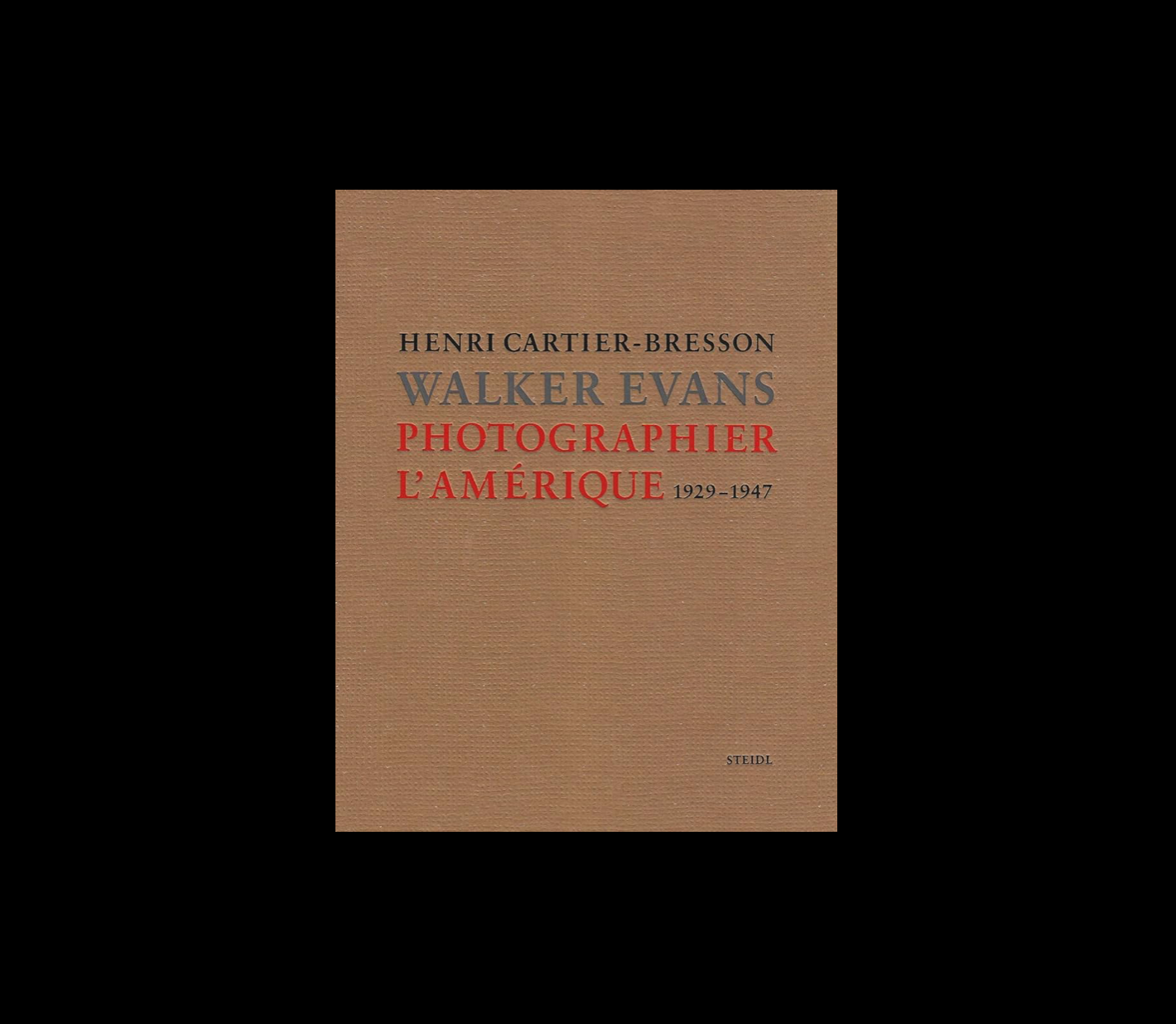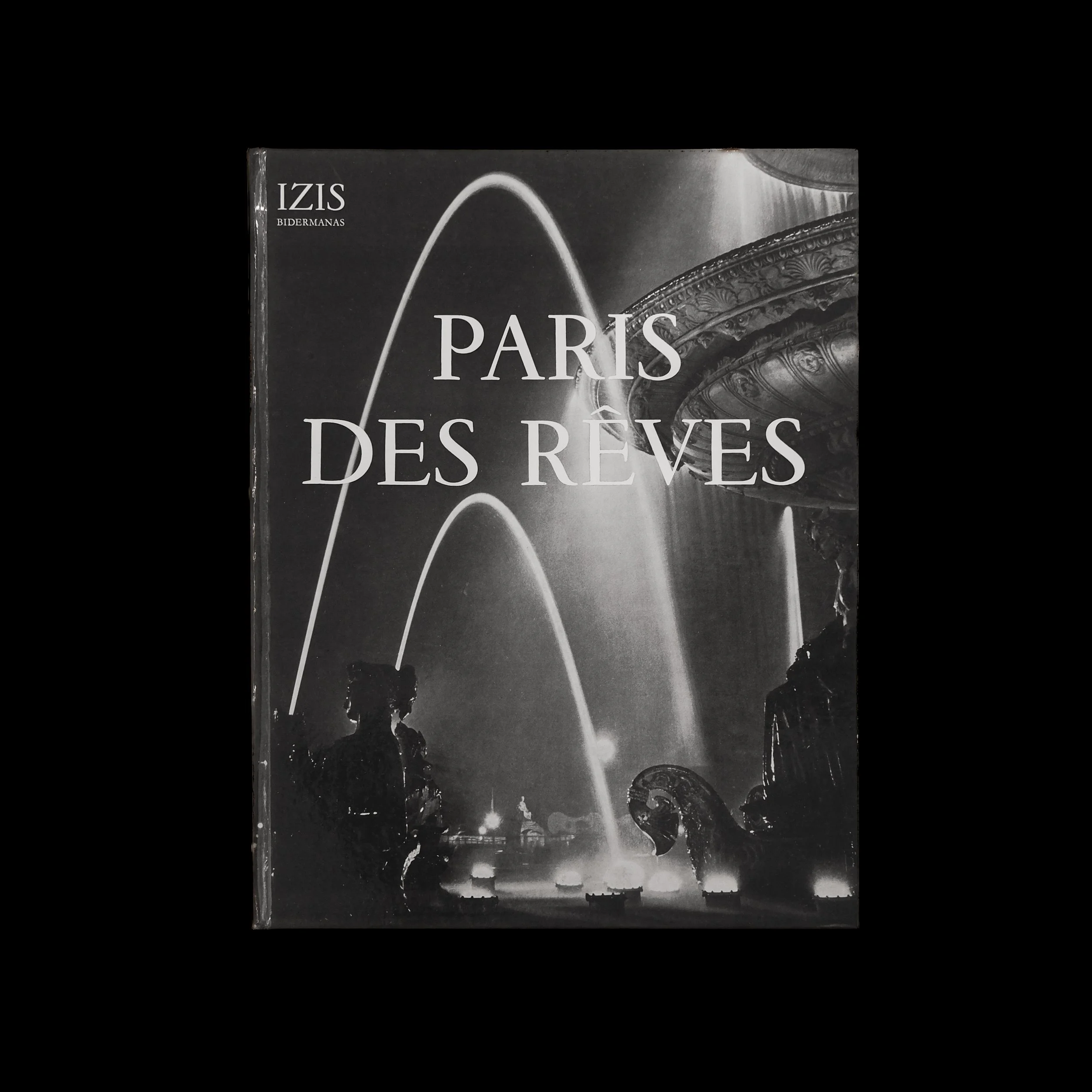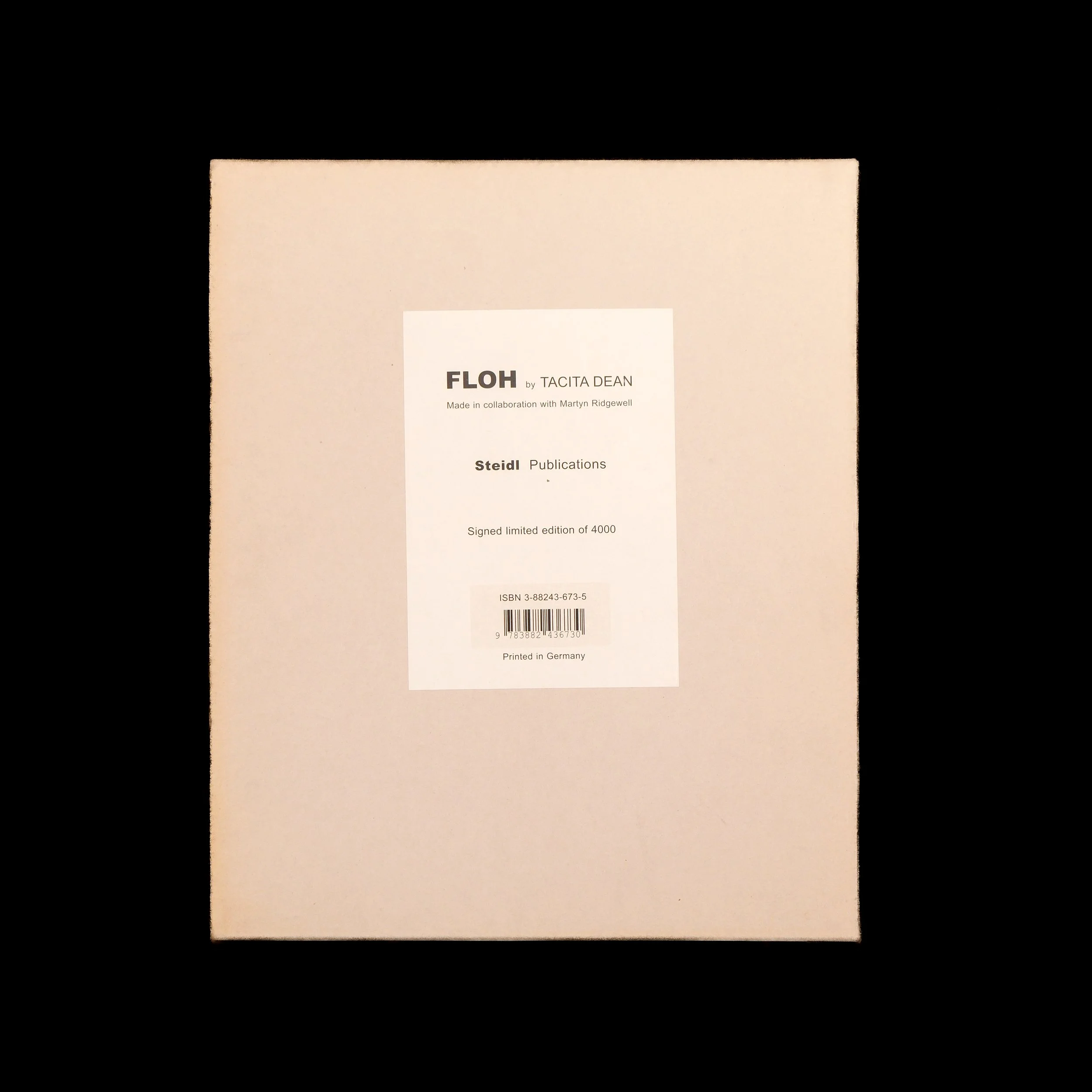 Image 1 of 1
Image 1 of 1


PHOTOGRAPHING AMERICA - Henri Cartier-Bresson & Walker Evans
In the spring of 1946, Henri Cartier-Bresson arrived in the United States to prepare for his exhibition at MoMA in New York. He stayed for eighteen months, but soon decided to start a long-term project with a writer to publish a book that would never see the light of day. This was a very important period for the photographer: it was at this point, in the post-war period, that he chose not to become a filmmaker and to fully embrace photography.
For his part, Walker Evans published American Photographs in 1938, Let Us Now Praise Famous Men with James Agee in 1941, and worked on his Many Are Called project, which was not published until 1966. Walker Evans and Henri Cartier-Bresson belong to the same generation, nourished by travel and intellectual curiosity. Both were imbued with literature, painting and a form of social criticism that manifested itself in different ways: Evans' frontality and distance from his country, compared with the human-centred diagonals of the Frenchman, who was sniffing out (to use one of his expressions) a territory that was still new to him.
The exhibition Henri Cartier Bresson and Walker Evans, Photographing America, 1929-1947 , presented at the Fondation HCB in autumn 2008, and the book show, in parallel, the points of view of Walker Evans and Henri Cartier-Bresson on America (1929-1947), an opportunity to confront two ways of seeing, two different approaches from two masters of photography who shared a mutual esteem.
"Without the challenge of Walker Evans' work, I don't think I would have remained a photographer" - Henri Cartier-Bresson
Published by Steidl, 2008, texts by Agnès Sire and Jean-François Chevrier
182 pages, very good condition
ISBN 978-3-86521-773-8
In the spring of 1946, Henri Cartier-Bresson arrived in the United States to prepare for his exhibition at MoMA in New York. He stayed for eighteen months, but soon decided to start a long-term project with a writer to publish a book that would never see the light of day. This was a very important period for the photographer: it was at this point, in the post-war period, that he chose not to become a filmmaker and to fully embrace photography.
For his part, Walker Evans published American Photographs in 1938, Let Us Now Praise Famous Men with James Agee in 1941, and worked on his Many Are Called project, which was not published until 1966. Walker Evans and Henri Cartier-Bresson belong to the same generation, nourished by travel and intellectual curiosity. Both were imbued with literature, painting and a form of social criticism that manifested itself in different ways: Evans' frontality and distance from his country, compared with the human-centred diagonals of the Frenchman, who was sniffing out (to use one of his expressions) a territory that was still new to him.
The exhibition Henri Cartier Bresson and Walker Evans, Photographing America, 1929-1947 , presented at the Fondation HCB in autumn 2008, and the book show, in parallel, the points of view of Walker Evans and Henri Cartier-Bresson on America (1929-1947), an opportunity to confront two ways of seeing, two different approaches from two masters of photography who shared a mutual esteem.
"Without the challenge of Walker Evans' work, I don't think I would have remained a photographer" - Henri Cartier-Bresson
Published by Steidl, 2008, texts by Agnès Sire and Jean-François Chevrier
182 pages, very good condition
ISBN 978-3-86521-773-8





